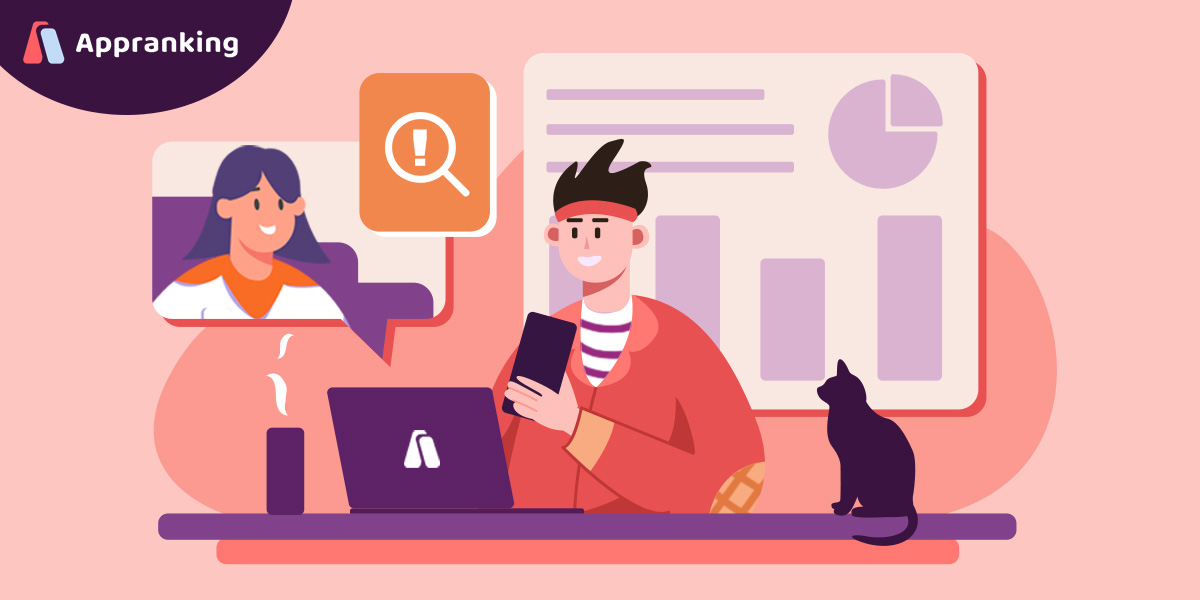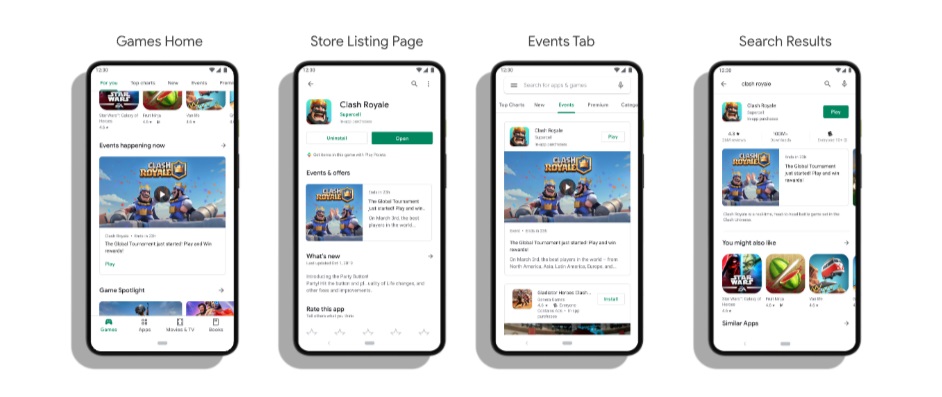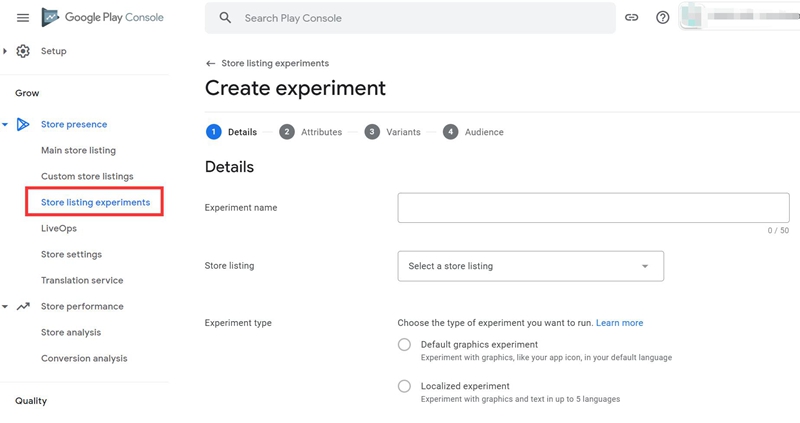
The game-changing features Google is introducing in 2022 for mobile marketers rival what Apple is introducing back in 2021. Google held its annual I/O conference on May 10-12, 2022, and highlighted many brand-new features for mobile marketers, UA managers, and ASO professionals.
Google, in a word, leveled the playing field. Many astute mobile marketing teams are already utilizing the iOS App Store marketing and ASO features to better discover, segment, and acquire new users by generating customized App Store product pages for each of their important target groups.
Because it can now be used on Google Play, this article has become significantly more valuable. Let's get started with the announcements.
1. Custom Store Listing
First, Google Play said that you would be able to establish up to 50 Custom Store Listings (CSLs) and receive a dedicated URL to direct visitors to them.In terms of giving customization choices for creatives, text components, and internationalization, these CSLs are quite similar to Custom Product Pages (CPPs).
With separate analytics and data for each CSL, you can assess its performance, the uplift gained over your basic Store Listing, and even quantify the revenue effect of specific campaigns directed towards individual CSLs.
One notable difference is that Google has a considerably larger ad network than Apple Search Ads. It controls Google Ads, the widely used UAC (universal app campaigns) platform, and can simply integrate CSLs into it.
2. LiveOps
Google is spreading its LiveOps product to more developers (with the intention of releasing it all shortly), which closely mirrors the In-App Event functionality found on the App Store side.This functionality allows you to add different events, attach a deep link within the event, and gain significant awareness throughout the Play Store for both new and returning users.

LiveOps cards will display on the Games Home tab, the Events Tab, Search Results (like the App Store), and on the Store Listing Page itself.
LiveOps cards will also offer data, allowing you to comprehend their influence and, once again, quantify the income impact of each event.
Incentives, which include discounts, value-add offers, free prizes, and subscription trials, are a particularly fascinating and promising Event Type that is being carried out internationally and may have a huge influence on appeal and conversion rates.
3. Google Play Store Listing Experiments
The new Google Play Store Listing Testing, now out of beta, reflect a fundamental shift in Google's approach to experiments.First, Google has opted to abandon Bayesian statistics in favor of Frequentist statistics when it comes to Store Listing Experiments. This is a surprising choice for many because Google is a staunch supporter and even champion of Bayesian statistics across many of the experimental tools it provides for online experiences.
What does this imply for you?
The previous version of Google Play Store Listing Experiments collected data for each variant (how many installs it received), took into consideration a proportion of overall traffic, say 50%, and then multiplied the actual data by the necessary factor (in this example 2) to get Scaled Installs. In other words, how many installs would that variant receive if it received 100% of the traffic?The volume of traffic has a significant influence on the number of downloads and conversion rates (if you double traffic, you are very likely to not double installs as conversion rates would be lower as a result of a wider and larger audience).
This has led to a lot of distrust in the ASO community for Google Experiments, as many experiments produced results that didn't hold up in real life, sometimes even contributing to a reduction in conversion rates.
You must now configure your test in the new Google Play experiments you require as part of the Google Experiment set up procedure by selecting numerous parameters:
- Minimum Detectable Effect (MDE) -- a factor that defines how much "uplift" you are willing to accept as a threshold for declaring a winner for the test (rejecting the null hypothesis, which states that "there is no relevant difference in performance between the test versions"). The greater this value, the fewer sample required for the test (as the test is less sensitive and would only detect a meaningful uplift, although there is more chance the test would conclude that no uplift was found).
- Confidence Level -- likely the more well-known element, which simply implies the likelihood that the result is not false; with a 90% confidence level, the result you are obtaining would be a false positive in one out of every ten studies.
- Experiment goal -- You must now choose between D-1 retained first time downloads and first time download as the metric for measuring the success of each variant.

You will be given an estimate of how large of a sample you will need to complete the test, as well as how long it will take to complete the test depending on your visitor volume.
So the bottom line for the new Google Experiments feature is:
- This does provide you with greater control and data for each of your Google Experiments. If you take the effort to tweak the test for your specific app/game performance characteristics, you should be able to conduct tests that are more accurate than the previous Experiments version.
- The preceding point's importance is not easily realized. Not every marketing organization has continuing access to brilliant data scientists and statisticians to assist with test design, and failing to correctly configure test parameters almost always results in a false result, or worse, a fall in conversion rate because you implemented a false winner (or missed on a great variation that could have increased conversion rates).
In Conclusion
Overall, this is a wonderful improvement from Google, offering more tools and data for mobile marketers, UA & ASO professionals, and marketing executives to make better decisions for their mobile business.If you utilize the new manner of promoting and growing mobile apps and games, the value on the table may be millions of dollars (or more). The good news is that if you took advantage of the iOS 15 improvements last year, you are more than ready to implement your methods on the Google Play side.
So stay tuned for our forthcoming guides and articles on each of these capabilities and how to get the most out of your Google Play mobile growth.
Empower your team with our App Marketing Intelligence
Free forever. Cancel anytime.


